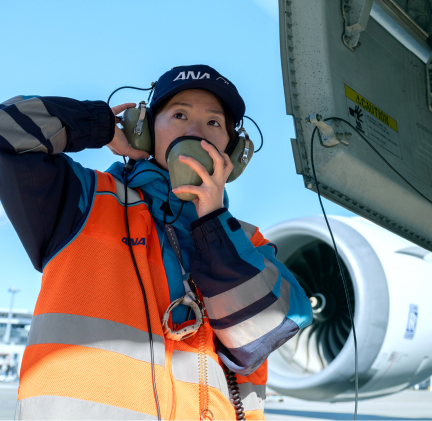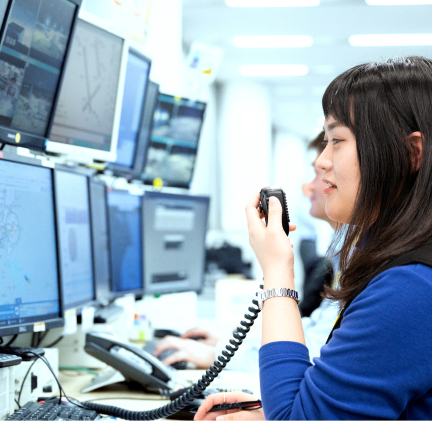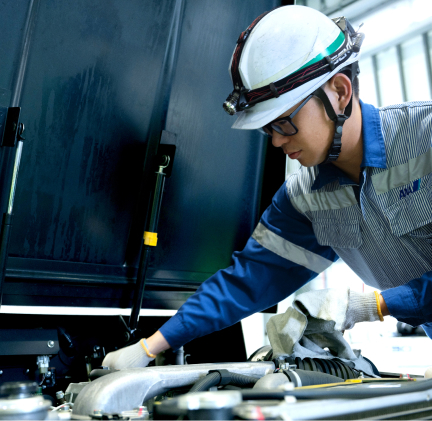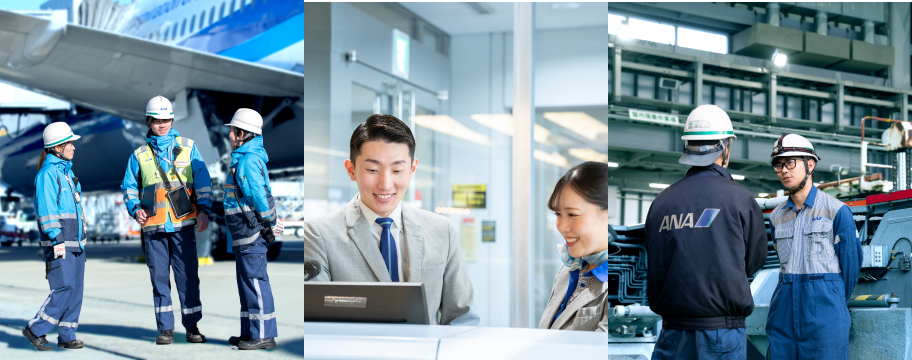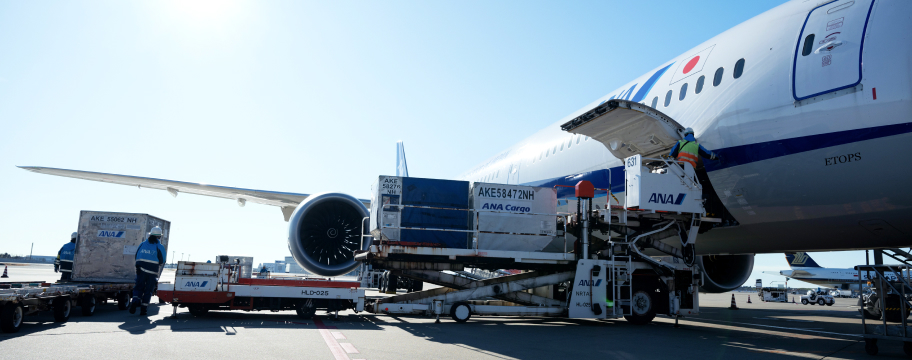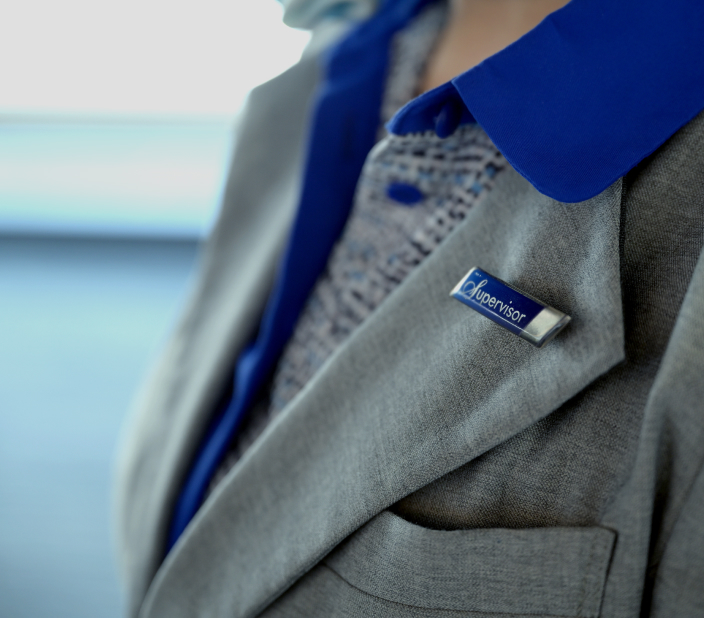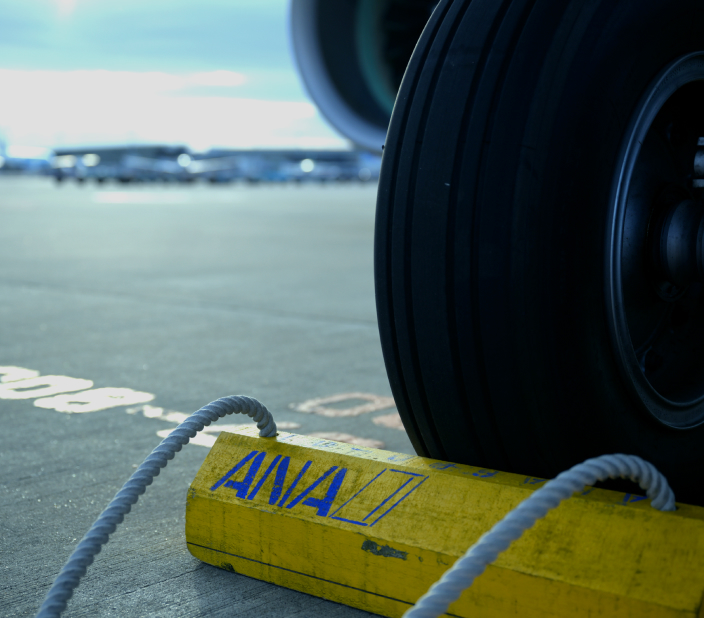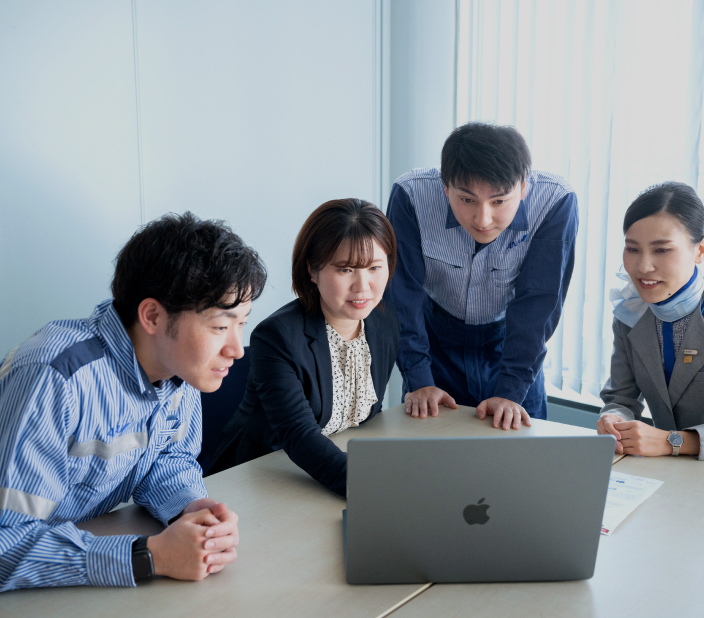Jobs
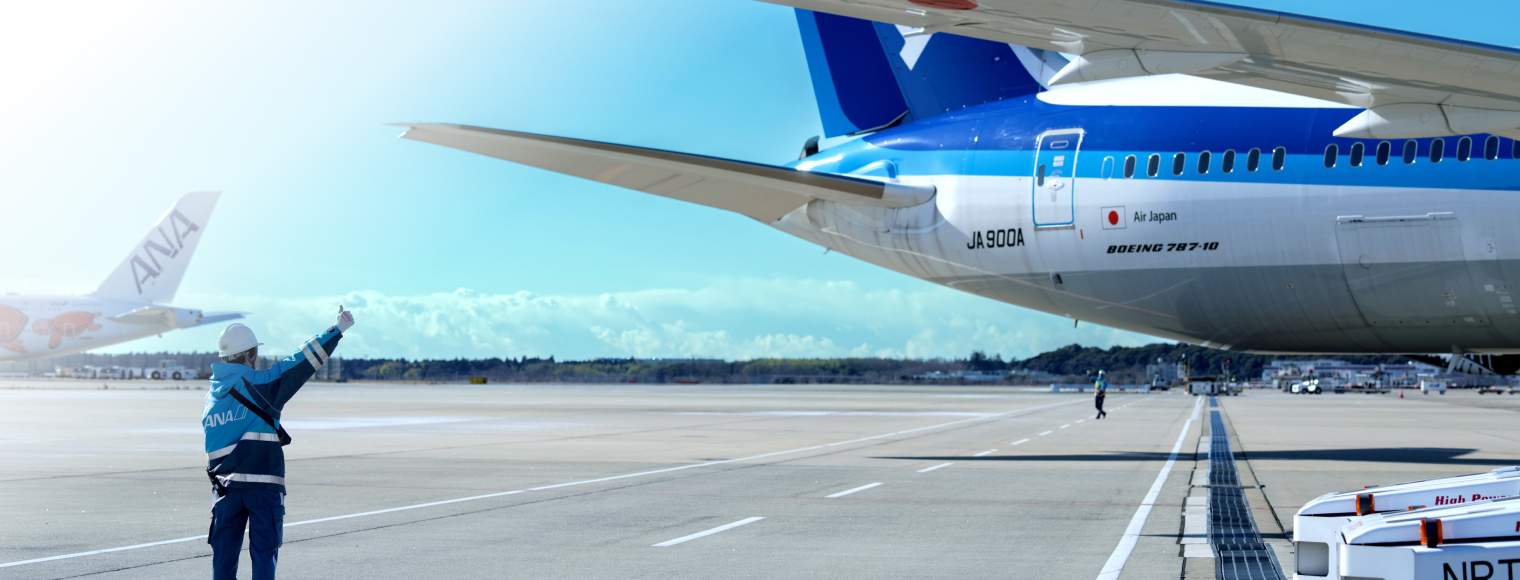
Improving myself and working
as a team in a global field.
People and stuff from diverse countries around the world come and go at Narita Airport. Having a global outlook and performing work with world-class quality are required here. If you want to develop your skills as much as possible and if you like working as a team to achieve great things, NRTAS welcomes you with open arms.




